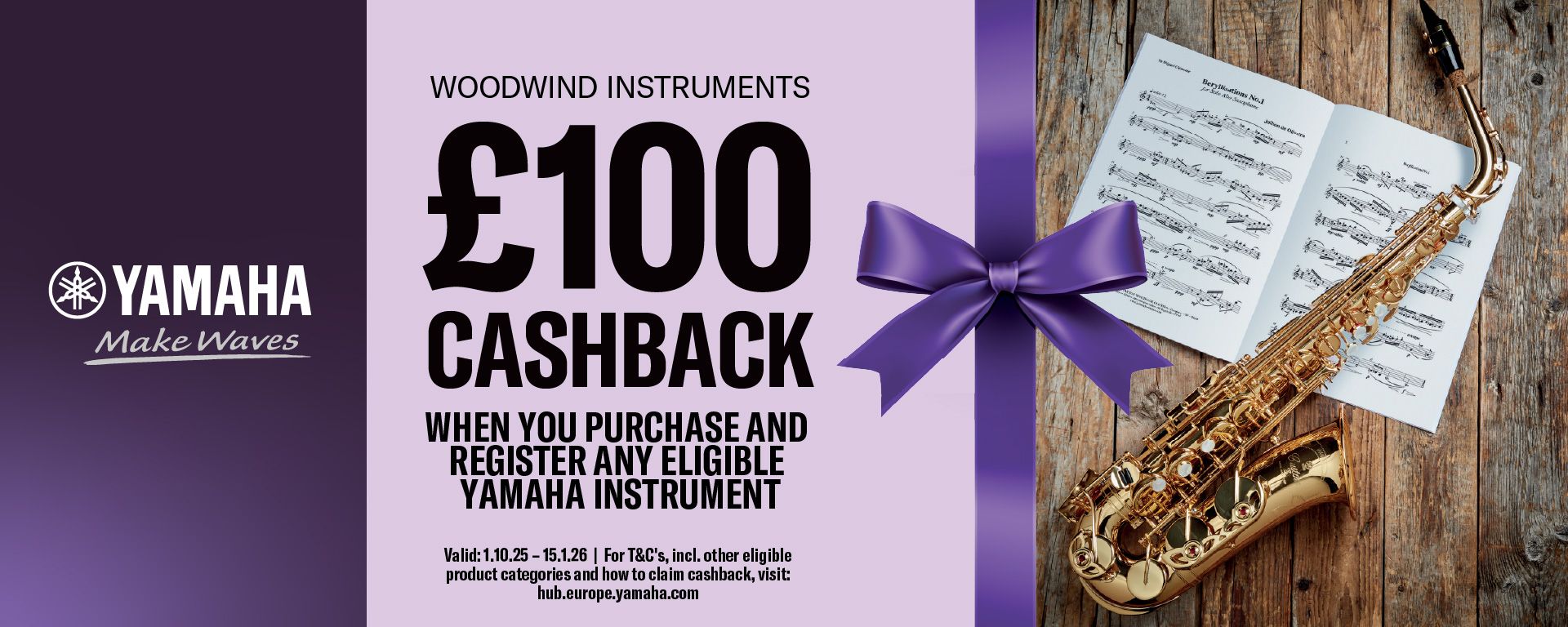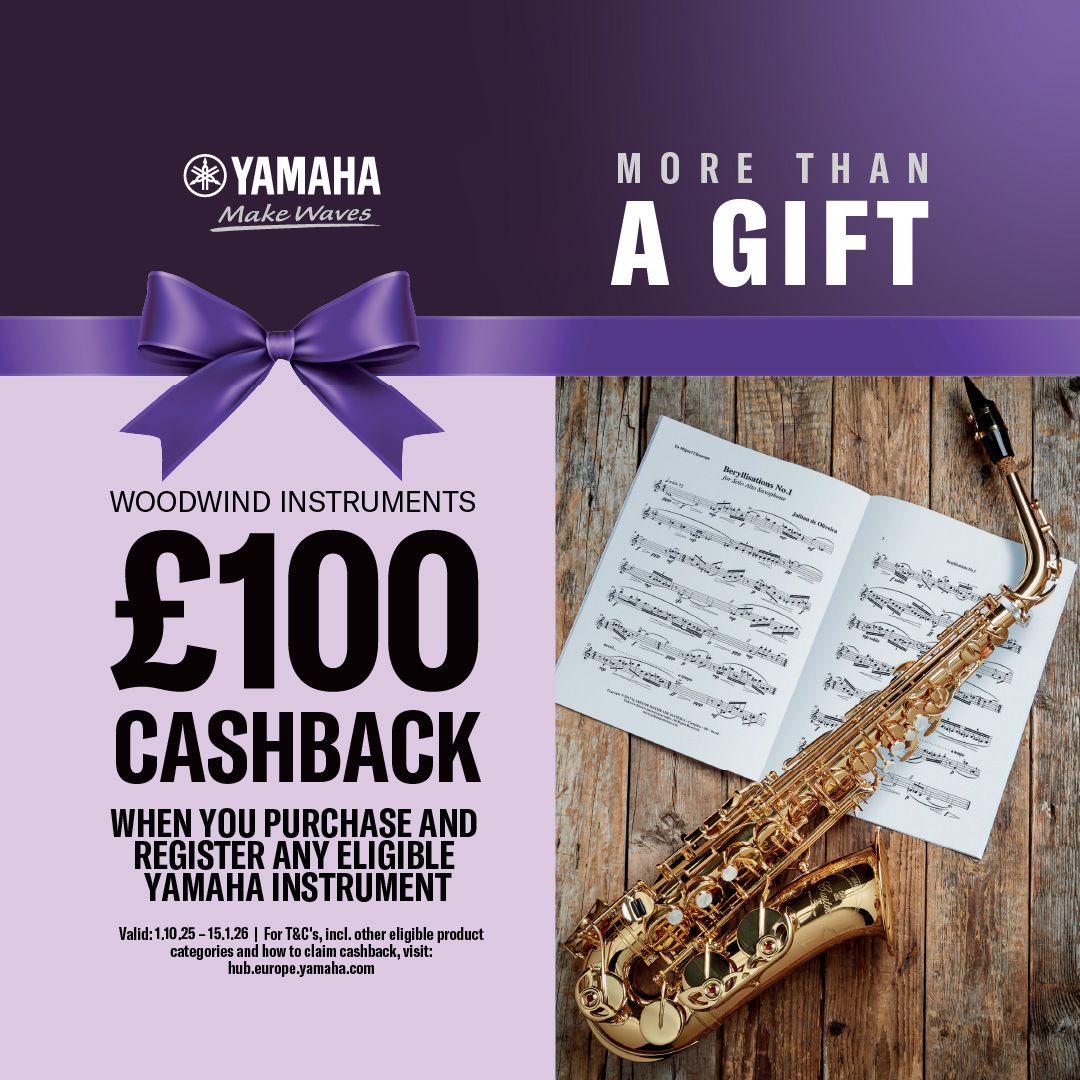Concerto in G major for Flute and Piano, Op.12
- Great for teachers
From the Publisher
The flute concerto in G major op. 12 was probably written in Rheinsberg. This is indicated not only by the low opus number, but also by the note on the first edition (1802), but above all by the simple orchestral accompaniment compared to the other two concertos. The charming, very light-hearted, three-movement concerto still breathes the spirit of the dissolving Frederician taste in music, which was still present in Rheinsberg Palace under Prince Heinrich. Frederick the Great gave the palace to his brother Henry after he ascended the throne and moved to Berlin. In Burkhard Nadolny's biography of Prince Louis Ferdinand, Heinrich's favorite nephew, who was a pianist greatly admired by Beethoven, we read:Prince Heinrich maintained a good band. For him music stopped at Gluck and he already found Mozart to be a “hellish spectacle”, but he didn't scold Louis when he now rehearsed Beethoven and Haydn.
The 1st movement, Allegro , the dominant part of the concerto, is in the classical concerto form and is initially reminiscent of Mozart's G major Flute Concerto, and in the development also of Quantz. After an extensive orchestral exposition, which repeats the main theme several times, the flute takes the lead, following the example of the concerto movement, with the orchestra, reinforced with flutes and horns, also being given their own parts of a development. The second movement, a romance ,is a sensitive piece with a lovely flute melody. Here, too, the example of Mozart is clearly audible. The concluding rondo contains a pleasing musical theme in 6/8 time that cheerfully leads through the movement. The respective interludes are tailored entirely to the flute. A special feature is an elegiac interlude for the flute, which occurs twice and has the effect of a contrasting subordinate theme.
Movements
- Allegro
- Romance
- Rondo
Item Details
Our Stock Code: 1610222Instrumentation
- Part 1: Flute
- Part 2: Piano
Category: Classical Flute and Piano Music
Publisher: Edition Kossack
Publisher's reference: EK20196
Media Type: Paperback (40 pages [score])
Country of Origin: Germany
HS Code: 49040000

